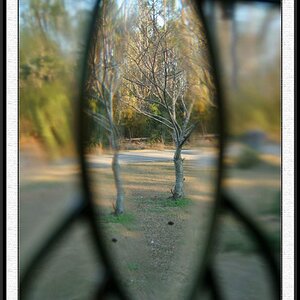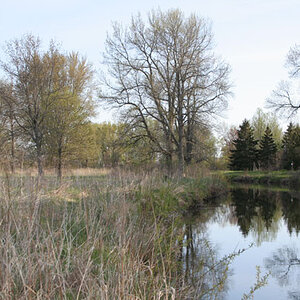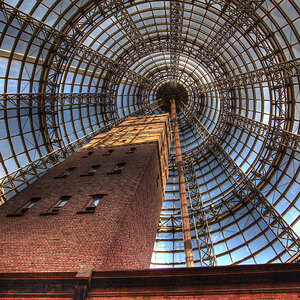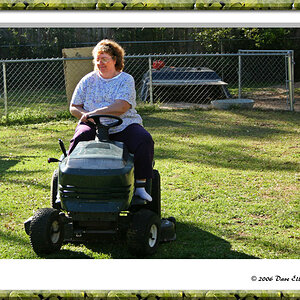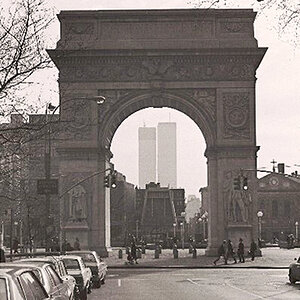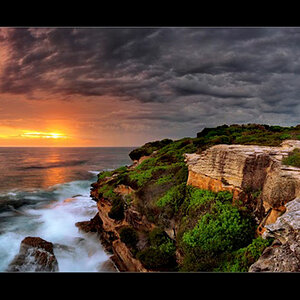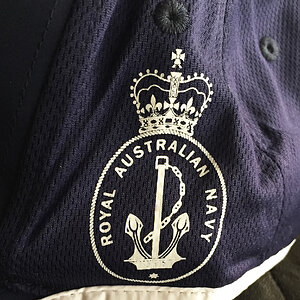PropilotBW
Been spending a lot of time on here!
- Joined
- Feb 7, 2013
- Messages
- 2,009
- Reaction score
- 675
- Location
- Atlanta, GA, USA
- Can others edit my Photos
- Photos OK to edit
I took this a couple months ago, but was looking for critiques on improvement.
Shot with:
EM-5 Mark II
M.Zuiko 45mm 1.8
ISO 200, f/5.6, 1/250 sec.

Shot with:
EM-5 Mark II
M.Zuiko 45mm 1.8
ISO 200, f/5.6, 1/250 sec.



![[No title]](/data/xfmg/thumbnail/31/31036-0a0c3867fff22fb2065056d7aeea64ed.jpg?1619734581)
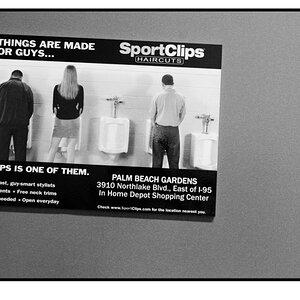
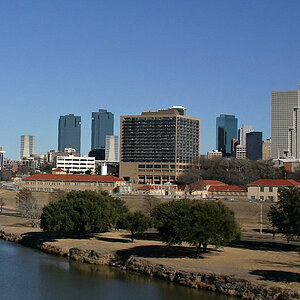
![[No title]](/data/xfmg/thumbnail/35/35666-9f404fab7b896e4ec114160079fa71c6.jpg?1619737090)
